-
What is a Knot garden? Design & planting tips for a formal garden
 Lee Burkhill: Award Winning Designer & BBC 1's Garden Rescue Presenters Official Blog
Lee Burkhill: Award Winning Designer & BBC 1's Garden Rescue Presenters Official Blog

For the most part knots in life are a pain. They may be causing drama tying your shoelaces, snagging up your weave or preventing you from rearranging your garden climbers due to tightly tied twine. One place where a knot is welcomed is in the formal garden design style of knot gardens. Knots here are celebrated and a key part of the design architecture. So let's take a closer look at what a knot garden is and whether it is a suitable garden design for your green space.
Knot gardens are symmetrical formal garden layouts based on the style of a knotted rope, often using herbs or aromatic plants to infill them. They are usually based on square patterns to create pure symmetry. These patterns of garden flower beds are often filled with herbs, culinary plants and clipped topiary. Repetition, control and exacting symmetry are essential. You can fold these gardens on either axis, with them lining up perfectly.
Knot gardens were first established here in England during the reign of Queen Elizabeth I during the 16th Century.

Knot gardens often get mistaken or confused with parterre garden designs. For most garden designers’ formal, knot and parterre gardens go hand in hand. I like to split them out for new gardeners to help them fully understand them. Parterres are similar to knots but form more intricate design patterns using evergreen plants to edge the beds and come from medieval times. Parterres tend to keep hedges at the same level; sometimes knots undulate to follow the rise and fall of rope.
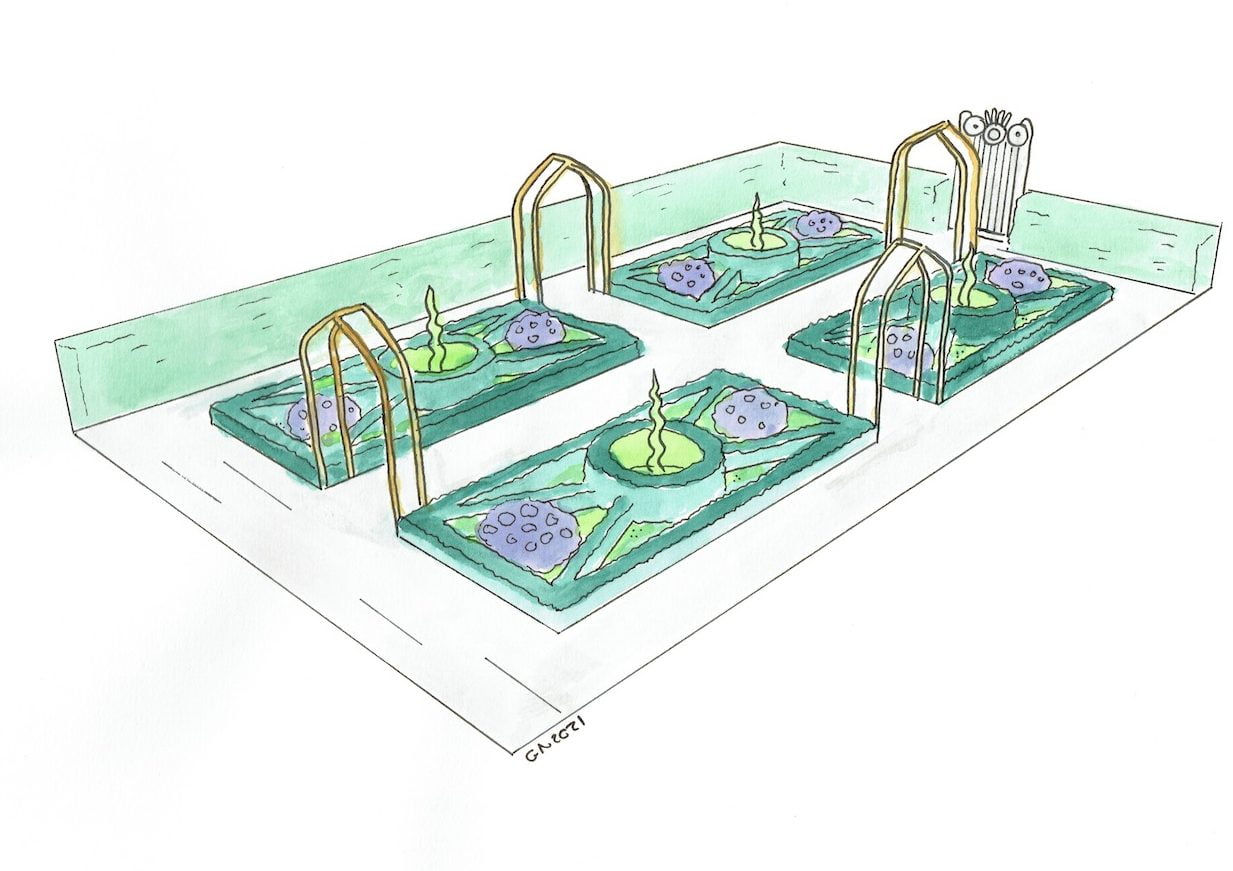
Did you know that you can take my course and learn how to become a Garden Ninja yourself? Click here for details
Below are some of the key features of knot gardens. If you feel enthused when reading the below criteria, then maybe a knot garden is for you. If they fill you with dread, then maybe a more informal garden design is for you.
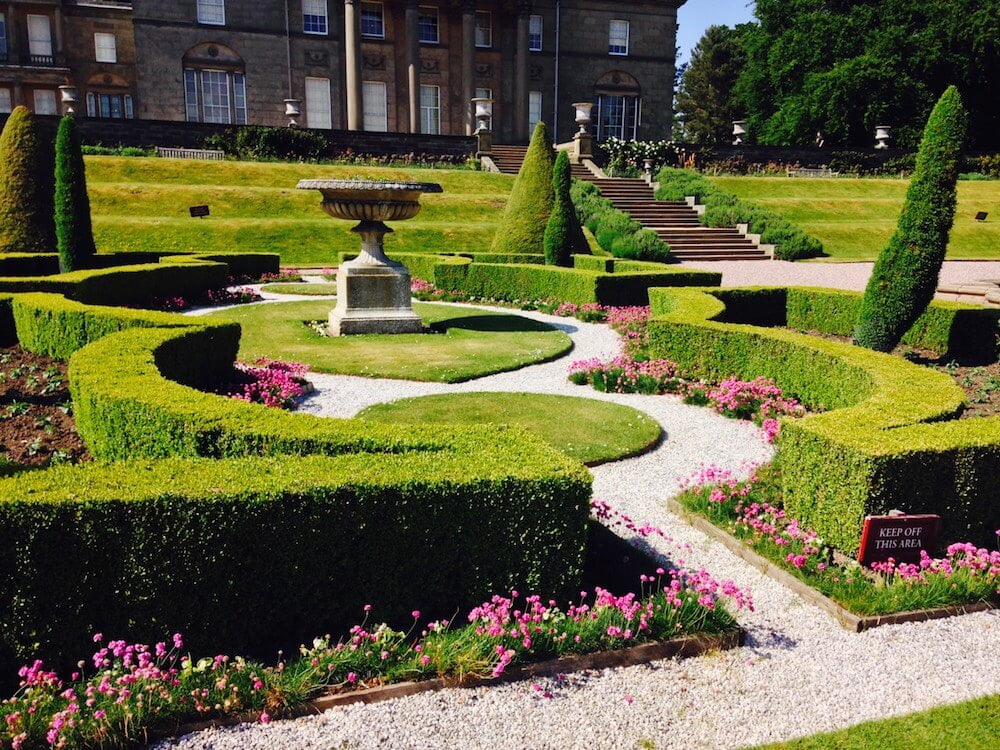
Knot gardens have a rich history that dates back centuries, with origins rooted in the medieval gardens of Europe usually alongside dynasties, power and control of uber-rich families! Initially conceived as functional and ornamental spaces within monastic and castle gardens, knot gardens gained popularity during the Renaissance period, particularly in England and Italy.
During the Middle Ages, knot gardens served practical purposes, such as providing herbs for culinary and medicinal use. The intricate patterns formed by low-growing plants or hedges were designed to resemble woven knots or interlocking geometric shapes, symbolizing unity, order, and infinity.
In Renaissance Europe, knot gardens evolved into elaborate displays of horticultural artistry, becoming symbols of wealth and status among the aristocracy. They were meticulously planned and laid out, often featuring complex geometric patterns inspired by Islamic and Moorish designs, as well as motifs from tapestries and embroidery.
English knot gardens reached the height of their popularity during the Tudor period (late 15th to early 17th centuries), when they became integral elements of grand estate gardens and formal parterres. Influential garden designers such as Gertrude Jekyll and Edwin Lutyens revived interest in knot gardens during the Arts and Crafts movement of the late 19th and early 20th centuries, blending traditional knot garden designs with modern landscape principles.
Today, knot gardens continue to be cherished for their timeless elegance and architectural beauty. While they may no longer serve the same functional purposes as their medieval counterparts, they remain beloved features in formal gardens, historic estates, and public landscapes, preserving the artistry and craftsmanship of centuries past.
Usually, aromatic plants are used in knot gardens to create scents as visitors brush past them, adding a true sensory element to them. Plants are used that encourage guests to run their hands through them and slow down their journey throughout the garden. Given most of these plants are found in warmer climates, most knot gardens and parterres are found in south facing gardens or full sun positions to accommodate them.
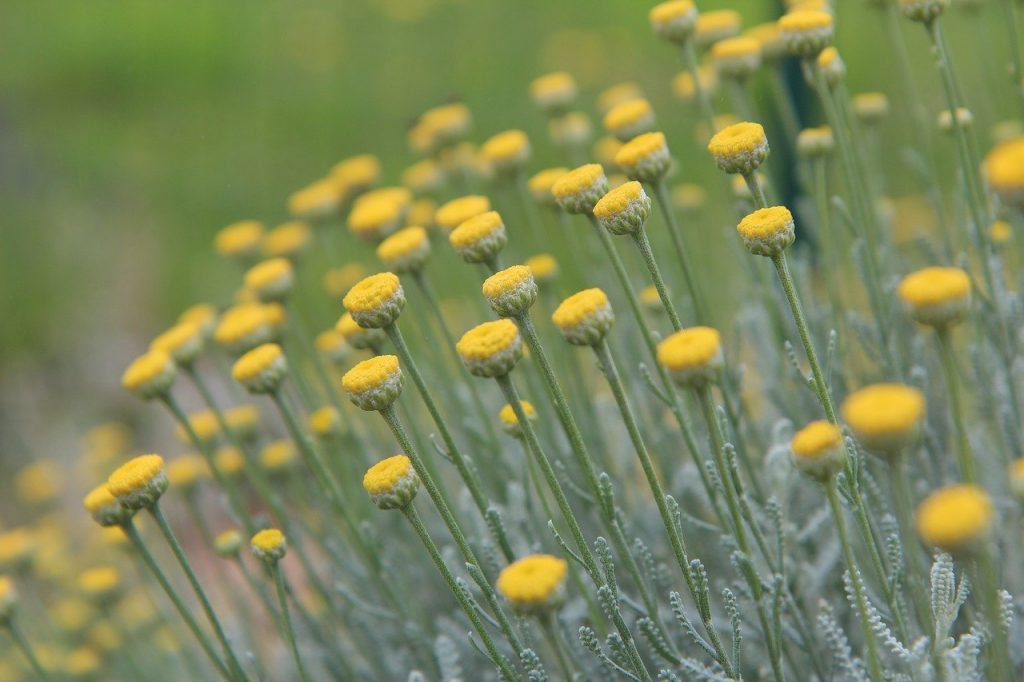
There are plenty more plants you can use with a knot garden or any garden style. The above is the more traditional list, but why not investigate other herbs and aromatic plants that may work for you and your knot garden?
A knot garden, with its intricate design of low hedges or plants arranged in geometric patterns, offers both benefits and drawbacks:
Knot gardens are a true form of beauty for a smaller garden space. Whilst they require a lot of hard work in design and maintenance, their symmetry can create arresting garden spaces. If you have the time and the green fingers then maybe a knot or parterre garden is the design style for you?
What do you think? Why not let me know on Social media? Why not Tweet, Facebook or Instagram me with your pictures? You can also follow me on Youtube where I’ve got plenty of garden guide vlogs.




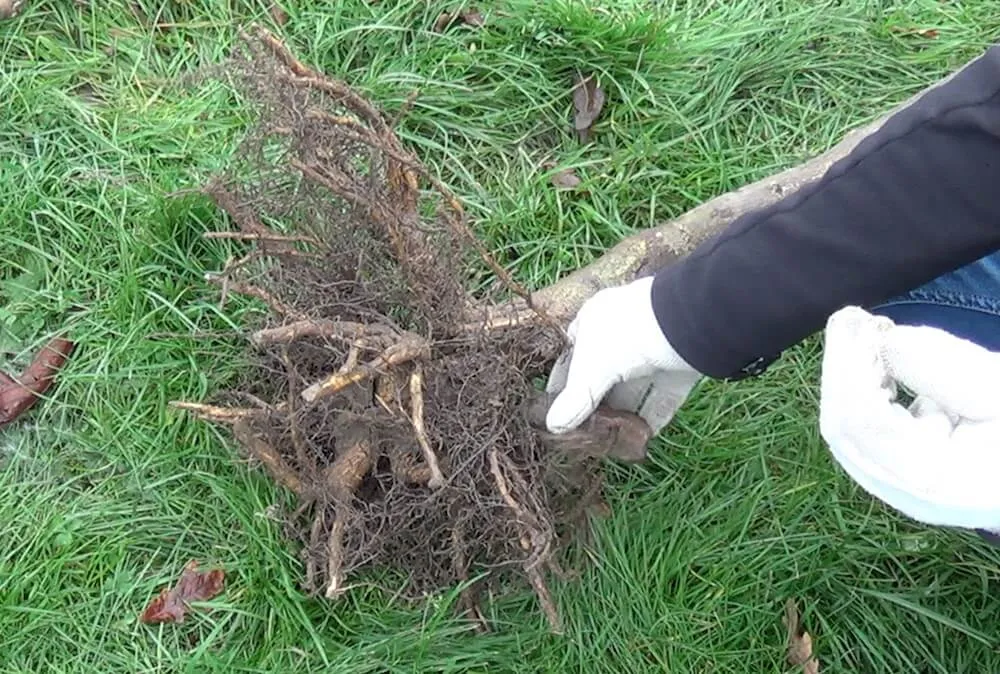

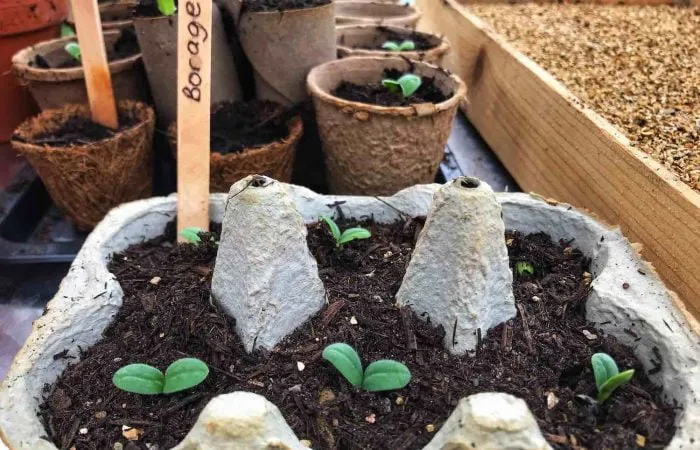
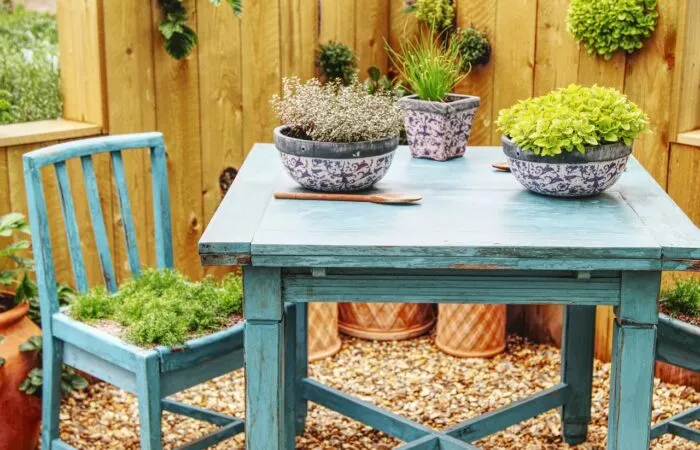
JOIN THE NINJAS

Be the first in line for new Guides, Discount codes and Offers